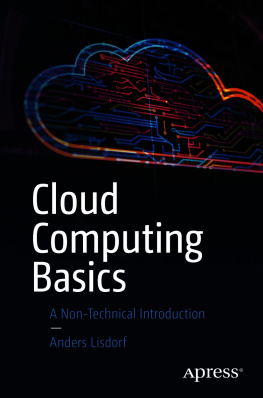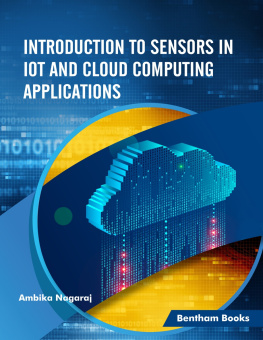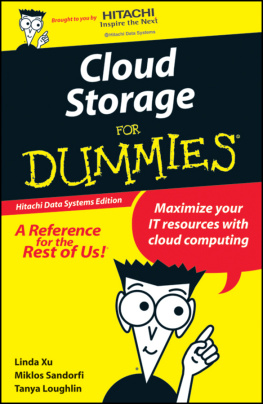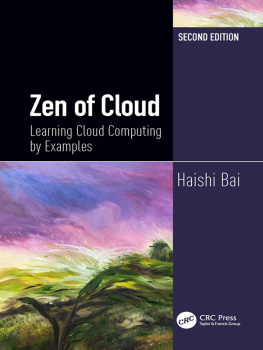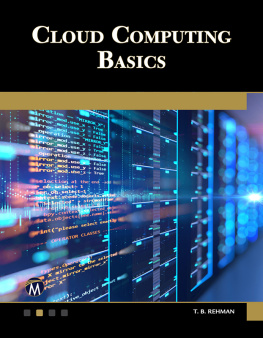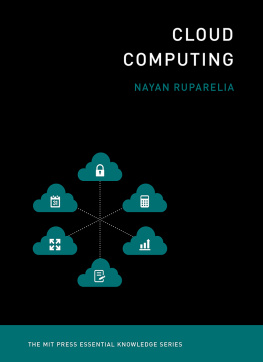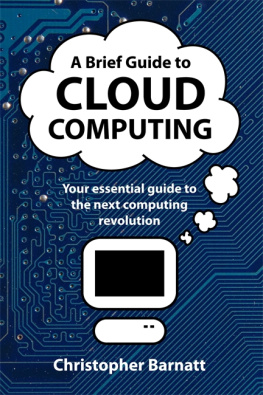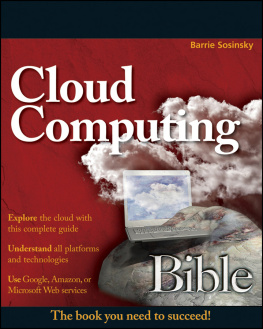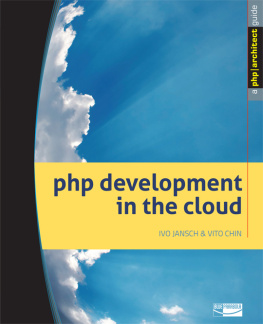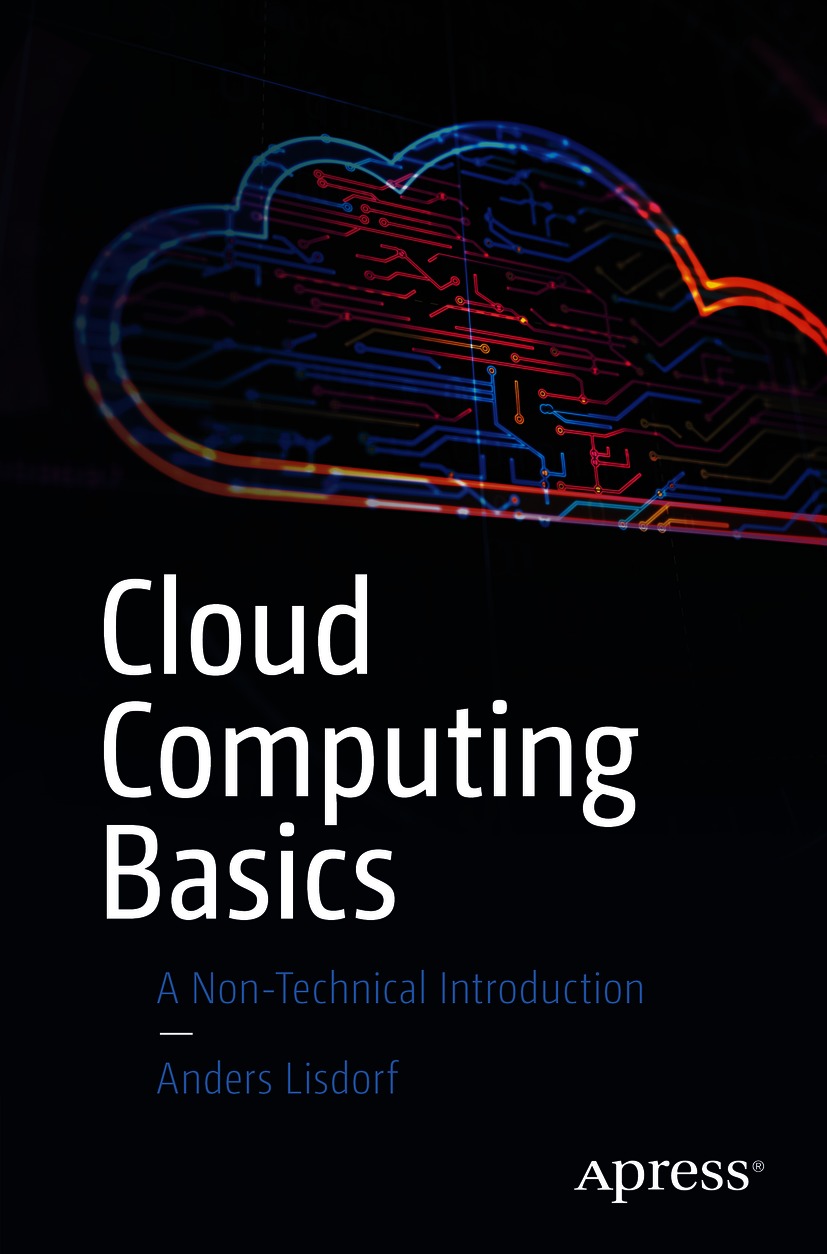Anders Lisdorf
Copenhagen, Denmark
Any source code or other supplementary material referenced by the author in this book is available to readers on GitHub via the books product page, located at www.apress.com/9781484269206 . For more detailed information, please visit http://www.apress.com/source-code .
ISBN 978-1-4842-6920-6 e-ISBN 978-1-4842-6921-3
https://doi.org/10.1007/978-1-4842-6921-3
Anders Lisdorf 2021
This work is subject to copyright. All rights are reserved by the Publisher, whether the whole or part of the material is concerned, specifically the rights of translation, reprinting, reuse of illustrations, recitation, broadcasting, reproduction on microfilms or in any other physical way, and transmission or information storage and retrieval, electronic adaptation, computer software, or by similar or dissimilar methodology now known or hereafter developed.
The use of general descriptive names, registered names, trademarks, service marks, etc. in this publication does not imply, even in the absence of a specific statement, that such names are exempt from the relevant protective laws and regulations and therefore free for general use.
The publisher, the authors and the editors are safe to assume that the advice and information in this book are believed to be true and accurate at the date of publication. Neither the publisher nor the authors or the editors give a warranty, expressed or implied, with respect to the material contained herein or for any errors or omissions that may have been made. The publisher remains neutral with regard to jurisdictional claims in published maps and institutional affiliations.
Distributed to the book trade worldwide by Springer Science+Business Media New York, 1 New York Plaza, New York, NY 100043. Phone 1-800-SPRINGER, fax (201) 348-4505, e-mail orders-ny@springer-sbm.com, or visit www.springeronline.com. Apress Media, LLC is a California LLC and the sole member (owner) is Springer Science + Business Media Finance Inc (SSBM Finance Inc). SSBM Finance Inc is a Delaware corporation.
Introduction
Ever since my childhood I had a fascination with clouds. Real clouds up in the sky, white and fluffy or gray and gloomy, afforded an ever-present drama unfolding above for the curious spectator looking toward the heavens, as inquisitive children are wont to do. Maybe it was because of ample exposure to the perennial cloudiness of my native West Denmark with its rich variety and texture across seasons, but I always found clouds to be mysterious and captivating.
Today my interest is intact, although the clouds I study are no longer up in the sky but somewhere in cyberspace, even if following them doesnt afford the same ever-present drama. This book is about understanding the language and logic of cloud computing, what technologies are available and the nature of the vendors who supply them, and how the economy and security of the cloud and working with it impacts an organization. It is an attempt to explain and describe the basics for interested readers with little or no technical background to get an overview of what the cloud is and be able to participate in intelligent discussions about how to use it.
My own way into cloud computing has followed an uneven path. By the mid to end 2000s, the cloud was emerging as an interesting new technology. I was working as an enterprise architect and started to look into what this new thing had to offer. The cloud caught on as the go-to marketing buzzword and quickly it assumed a meaning equivalent to fairy dust, which when sprinkled on any technological solution, would magically transform it and make it better in all discernible ways.
A few years later I founded my own startup, which delivered a Software as a Service (SaaS) product built entirely on cloud infrastructure, which demonstrated to me the power of the cloud. No need to buy servers and rent rooms to set them up and run them. This was the first proof for me that although the cloud was not quite fairy dust, it was definitely the future. Even if it wasnt decidedly easy, it was not as hard as just a few years earlier to build a company from scratch entirely in the cloud.
Fast forward about a decade, and I found myself in the United States serving the city of New York by helping them deliver on an ambitious new cloud-first strategy, again as an enterprise architect. For all new development it should first be considered if it could be built in the cloud. This was a fascinating transition to the cloud that many modern companies of any scale are finding themselves in. These experiences alerted me to many of the themes and practical insights that have informed this book.
Over the course of more than a decade, I have had the privilege of working with all five big cloud vendors to some extent and a few of the smaller ones. It is interesting to see the emerging patterns and how they all have something valuable to offer.
As a side note, I have chosen to focus on what I call the big five cloud vendors: AWS, Google Cloud Platform, IBM cloud, Microsoft Azure, and Oracle. There are other vendors out there, and I encourage you to explore them on your own.
The trajectory of the cloud since the end of the 2000s until now follows the consultancy Gartners so called hype cycle . It started at the peak of inflated expectations and went down through the trough of disillusionment and is now on its way up toward the plateau of productivity. Getting caught up in the hype is easy, but to really understand and appreciate the transformative power of the cloud in starting a new business or running an established business of any size, let us consider a thought experiment where we are starting the same business in 2005 and in 2020.
Imagine you are starting an online store. First you need a website in order to start selling. If you want to start small, you can go down to your local electronics store and buy a few PCs. If you want to start bigger, you order a rack and computers from a wholesale supplier. Next you have to find out where to put these computers. If you dont already have a spare room, you have to rent that spare room somewhere. In the beginning you might get away with just that but quickly you would need to buy additional machines and rent a similar room somewhere else in order to have a backup site in case the first one fails. If you dont have a backup and there is a fire or flood, your entire business would be gone with the computers. Speaking of fire, dont forget to install a fire suppression system for your server rooms. But these are not the typical sprinkler systems, since water would damage your machines just the same as fire. These are highly specialized systems based on a mixture of gases and chemicals. On top of this you have to carry out fire drills. Of course you could say that this is excessive and not necessary, but try to explain to the venture capital fund you are pitching a $5 million investment to that if there were a fire, their entire investment would be gone.

